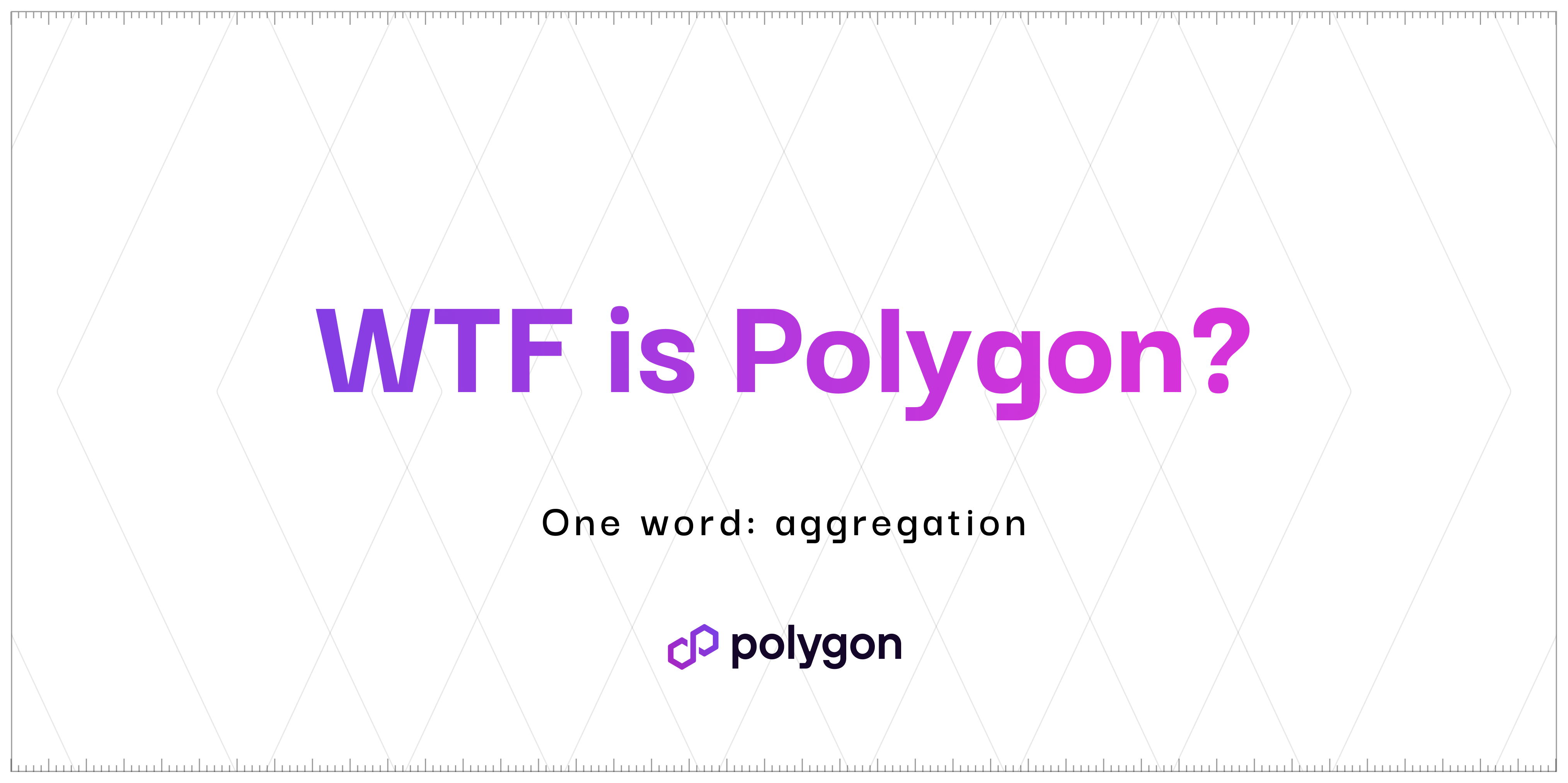Going Green 101: Carbon Markets Demystified

Polygon’s recent decision to offset the network’s carbon debt was the result of extensive internal research into the various ways of reducing our environmental impact. The team had to decipher industry jargon, wade through alphabet soup of acronyms and choose from a multitude of available options. Below is a brief guide to getting started with carbon markets.
Carbon credits are essentially government permits to emit carbon dioxide and are measured in tonnes of CO2 or its equivalent. They date back to the 1997 Kyoto Protocol which introduced emission caps on certain sectors, such as oil transportation and energy. Companies that emit less than their allowance can sell the excess credits to those that over-pollute on what is known as compliance markets.
Offsets on the other hand represent a real reduction in CO2 emissions or its removal from projects that range from forestry and agriculture to renewables and energy efficiency. Offsets are for businesses that are under no obligation to reduce their emissions but choose to do so as part of their public relations and sustainability plans on the other hand are non-compulsory and are traded in voluntary markets.
Trust but Verify
A carbon offset is born when it passes a verification process, a non-trivial undertaking that may involve boots-on-the-ground inspection by third parties and continuous monitoring. While there is no unified standard, most of the offsets in the voluntary market are the product of verification schemes by two organizations -- Verra and the Gold Standard.
Voluntary carbon markets have boomed in recent years as the growing urgency around climate prompted more companies to adopt net zero emissions policies. But even as demand grew, the offsetting process remained complicated, lacking transparency and quality assurance, with most of the trading happening in over-the-counter deals that enriched middlemen.
On-Chain Offsets
Over the past year, a blockchain-native alternative has emerged that aims to solve those problems. KlimaDAO and its partners Moss, the Toucan Protocol, and C3 have developed the infrastructure to tokenize carbon offsets and make them available on Polygon where they can be integrated with decentralized finance. In just over six months, over 25 million tonnes worth offsets have been tokenized.
As with all markets, liquidity is a major factor. KlimaDAO provides liquidity across pools of tokenized carbon offsets using the KLIMA token, which is backed by at least one tonne of carbon. KLIMA is the main asset used for tokenized carbon trading pairs and can be used to offset emissions or staked to become a yield-bearing asset that grows along with KlimaDAO’s treasury of carbon assets.
The on-chain offsets come in a number of flavors with prices varying depending on their provenance and vintage. Toucan’s Base Carbon Tonne (BCT), a pool of Verra-certified offsets that date back to no later than 2008, goes for about $2. The forestry-focused Nature Carbon Tonne (NCT) sells for just over $4.5. Moss Carbon Credits (MCO2), which specifically target the Amazon rainforest, go for just under $6.5.
Polygon’s 90,000 Tonnes
As part of its own sustainability push, Polygon partnered with KlimaDAO and Offsetra for an assessment that includes emissions from node hardware, energy consumption of staking operations, checkpointing and bridging contracts on Ethereum. The carbon bill for Polygon PoS from the genesis block to the present day came to 90,000 tons of CO2.
The team has purchased $400,000 of high-quality and trackable carbon credits on KlimaDAO’s on-chain marketplace. Once retired, the offsets are permanently taken off the market and cannot be claimed by anyone else. Polygon has also commissioned Crypto Carbon Ratings Institute to conduct an audit of its carbon footprint.
The on-chain carbon markets are fully transparent, allow for dramatically lower fees and make instant purchases possible. All which makes carbon offsetting equally accessible to a large corporation with a footprint in thousands of tonnes and an individual canceling out the impact of a flight. But they have also inherited some of the problems of the traditional carbon markets.
One issue is related to the vintage of the offsets, and while there is no “consume by” date, some of the older credits are associated with lower-quality projects. The booming demand has also attracted cynical actors that bridged credits from a discredited project. This prompted Toucan to blocklist projects related to HFC-23, a byproduct of the refrigerant manufacturing process.
Verra Strikes Back
More recently, Verra announced that it will prohibit further tokenization of credits while it explores other possibilities and launched a public consultation on the subject. While the move doesn’t affect Verra credits that already exist on chain, it does reduce incoming supply.
Verra’s announcement came just one day after the news that Flowcarbon, an on-chain carbon-credit startup co-founded by WeWork’s Adam Neumann, raised $70 million from venture capitalists such as Andreessen Horowitz’s crypto arm, General Catalyst and Samsung Next. The fundraising, association with the troubled co-working startup notwithstanding, is clear sign that blockchain technology will continue to play an important role in the carbon markets going forward.
For a more in-depth discussion of KilmaDAO, carbon credit markets and offsetting, check out our podcast on the subject. Tune into our blog for the next steps in Polygon’s sustainability journey and for news from our ecosystem.
Website | Twitter | Ecosystem Twitter | Developer Twitter | Studios Twitter | Telegram | Reddit | Discord | Instagram | Facebook | LinkedIn | YouTube







.png)





.png)

.png)
.png)
